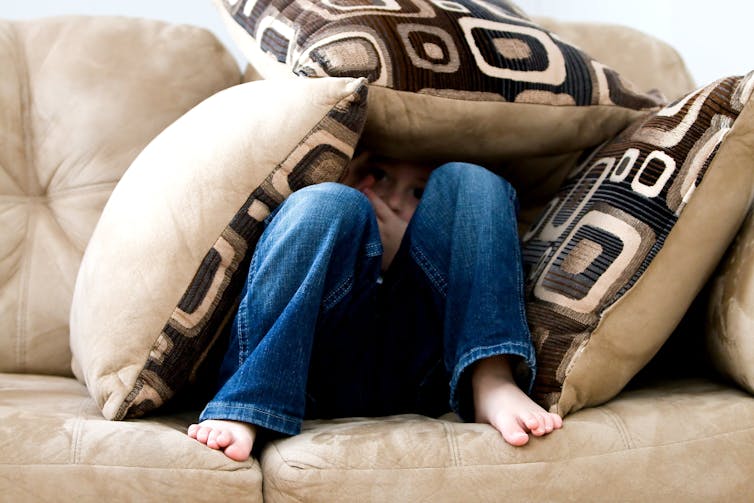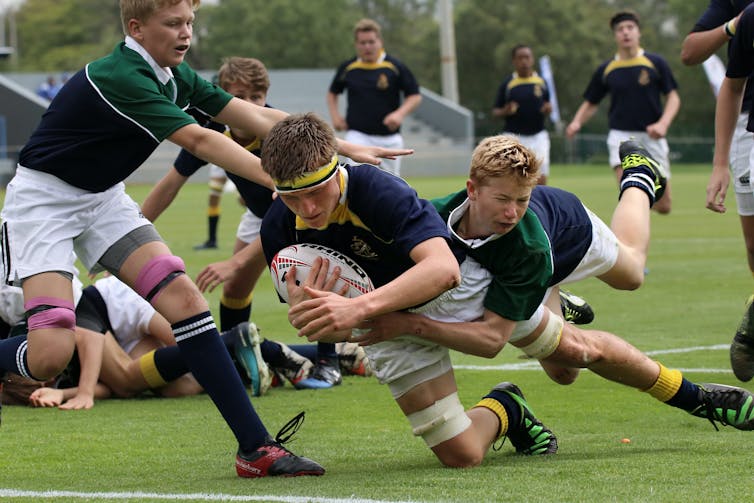Written by:
Paul Kidson, Australian Catholic University
It’s that time of year when it seems the more school fees parents pay, the less time their children spend in school.
For example, within a few kilometres of each other in Melbourne are an independent school whose last day is 6 December, a Catholic school whose last day is 15 December, and a government school going through until 20 December.
Why the differences? To a casual observer, it seems reasonable every school should have the same start and finish dates.
Unfortunately, like so much across the diverse Australian education landscape, it is more complicated than that. It also prompts serious questions about how well we are doing as a nation, educationally speaking.
Long holidays equal long juggles
With parents needing to balance work commitments (and only having so much annual leave), it is not surprising some non-government school families get frustrated their children’s summer holidays are so long.
However, judging by enrolment demand, this does not seem to dissuade them from sending their children to these kinds of schools. And, granted, public school parents also feel the organisational pain of their six-week breaks.
Children can also feel an ‘unfairness’ when they see students from some schools getting a longer break than others. A half-full bus is a stark reminder of this.

Pixabay/Pexels, CC BY-SA
Traditions are hard to break
There are some historical reasons why some non-government schools have longer breaks.
Schools that break up earliest – at the start of December – are almost invariably elite, high-fee (think A$30,000-45,000 per year) schools. Typically, these are schools that would either have had, or still have, boarders.
In the early days of these schools, they needed an earlier finishing date so rural students could return home. And the tradition has stuck.
Extra-curricular compensation
Many are also likely to have extensive and compulsory co-curricular programs. This can involve compulsory weekend sport and before/after school training during the week, as well as music, drama productions or other commitments.
This means ‘school’ extends well beyond a typical 9am to 3pm day. This places a different time demand on students and their families. So, there is argument to say an early mark at the end of the year is a fair trade-off.
Curiously, newer day-only schools without these histories and extensive programs have also shortened their terms, and some even give mid-term breaks. Without these older traditions, the reasons why seem less clear.

Patrick Case/Pexels, CC BY-SA
School holidays are not consistent
For those who want consistency across the nation, aligning end-of-year dates is not the only issue. There is significant variety across different states, including in public schools.
There’s no agreed time for starting the school year, either. Next year, government school starting dates range from 22 January (Queensland) to 8 February (Tasmania).
Finishing dates are similar, with Western Australia finishing on 12 December, 2024, and Victoria and New South Wales carrying on until 20 December.
It’s just another of those quirks of a federated nation in which each state and territory dances to its own educational tune.
And spare a thought for families in border communities who live these differences in very practical ways. Consider the parent who is a teacher and lives in Wodonga (Victoria) yet works just across the border in Albury (NSW). They will finish teaching for Term 1 on April 12, a full two weeks after their children finish on 28 March.
Different public holidays add to the confusion
While there is a general pattern of 190-195 school days per year for government schools, public holidays create their own localised interruptions.
Victoria, for example, gives an extra public holiday for the Melbourne Cup. In the ACT, there is Canberra Day in March.
Then there are extra pupil-free days when teachers do professional development. This also varies between states.
Inconsistency of start and finish dates is only one part of a bigger issue, though. The larger question of total time spent in schools is also worth asking.
So does time in school make any difference?
Recent OECD analysis found Australian students spend more hours in school than any other OECD country. Across primary and lower secondary years, Australian students are in school for more than 11,000 hours, compared with the OECD average of just over 7,600.
Despite this, our PISA (an international test for 15-year-olds) literacy and numeracy results continue to decline. So more time doesn’t seem to be delivering better results.
It might even contribute to decreasing engagement by students.
A 2018 pre-COVID PISA survey of 15-year-old Australian students found 37 per cent disagreed or strongly disagreed that “my life has meaning and purpose”. A 2023 survey of young Australians found only 52 per cent felt their education prepared them for post-school life.
A shorter school year creates challenges for some families and poses ongoing questions about equity. But if we take a broader look, we can also see extended time spent in class, on its own, isn’t producing the results.
Shorter time in school could be beneficial, but only if the quality of the time actually spent in school is engaging and valued by students.![]()
Paul Kidson, Senior Lecturer in Educational Leadership, Australian Catholic University
This article is republished from The Conversation under a Creative Commons license. Read the original article.









